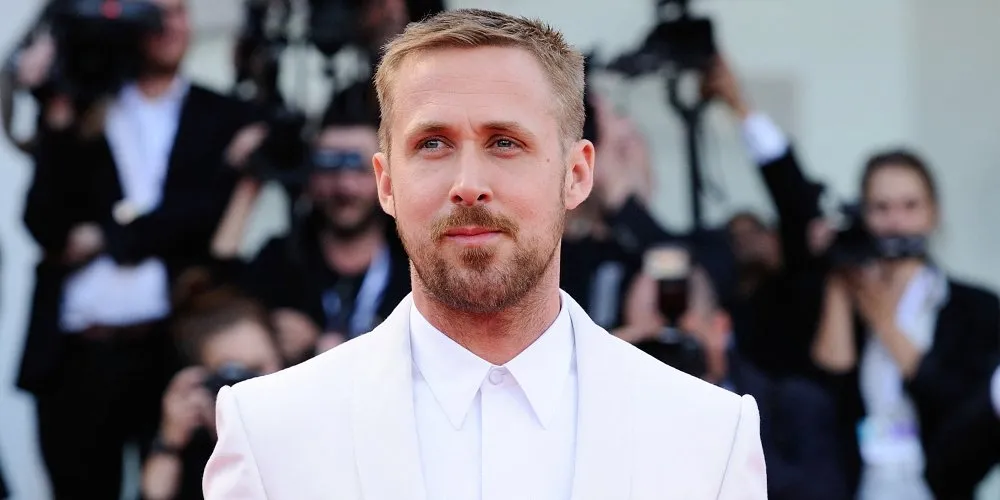
Behind the Ken Smile Lies a Haunted Past
Ryan Gosling is one of Hollywood’s most beloved and versatile actors. From stealing hearts in The Notebook to redefining masculinity in Barbie, Gosling has shown time and again that he’s more than just a pretty face. But few know the real story behind his success—a story that begins in a small Canadian town with pain, neglect, and deep psychological trauma.
This isn’t just a rags-to-riches tale. It’s a survival story. Ryan Gosling’s early life trauma wasn’t just a chapter in his story—it shaped every decision, every role, every relationship.
In this article, we’ll explore the hidden wounds of Gosling’s childhood, how they impacted his mental health, how they influenced his artistic choices, and ultimately, how trauma became the unlikely fuel behind a remarkable Hollywood career.
Who Is Ryan Gosling?
Born on November 12, 1980, in London, Ontario, Canada, Ryan Thomas Gosling is now an internationally renowned actor, musician, and filmmaker. Known for his quiet charisma and emotional depth, Gosling has captured the attention of audiences with hits like Drive, La La Land, Blue Valentine, and The Big Short.
But behind the charm and talent lies a story most fans never hear—a story that begins far from Hollywood.
Childhood in Canada: A Broken Home
Gosling’s parents divorced when he was just 13 years old. His father, a traveling salesman for a paper mill, was often absent. The emotional disconnect from his father left young Ryan struggling to understand masculinity and fatherhood.
Raised by his mother, Donna, and older sister Mandi, Gosling was surrounded by strong female energy but lacked male guidance.
This absence deeply affected his perception of stability, love, and trust. As a child, Gosling moved around often due to his father’s job, never fully settling into one environment.
Early Trauma: The Scars of Emotional Neglect
Emotional neglect is often harder to explain than physical abuse—but just as damaging. Gosling has shared in interviews how he felt “alone,” “unseen,” and “different.” He had difficulty making friends and trusting people.
Gosling once confessed that he thought he “had no friends and nobody liked him.” This internal belief laid the foundation for social anxiety and self-doubt that would follow him into adulthood.
His loneliness was compounded by undiagnosed ADHD in early childhood—a condition that made him feel more isolated.
School Years: Bullying, Isolation, and Rebellion
Gosling was heavily bullied in elementary school. His inability to focus and conform to traditional education systems made him a target. His struggles led to expulsion from school, and he was later homeschooled by his mother.
This period of isolation shaped much of his inner world. He began escaping through movies, daydreams, and performing for his family.
He developed a defense mechanism—performance. Acting wasn’t just a dream. It was survival.
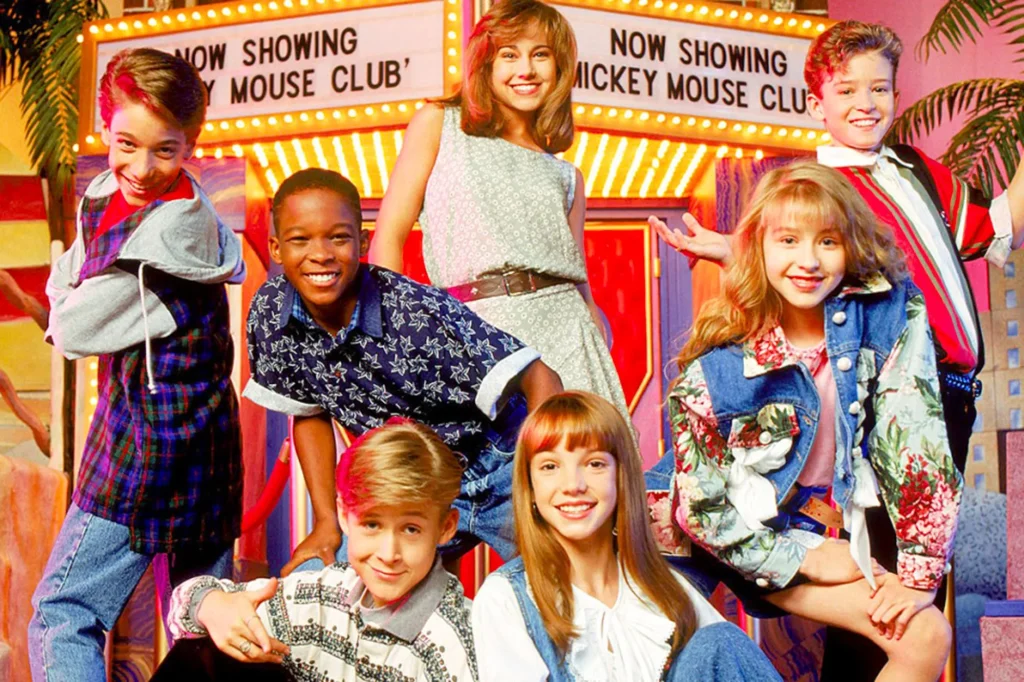
Escape Through Performance: The Mickey Mouse Club
At age 12, Ryan auditioned for The Mickey Mouse Club and landed a spot beside other future stars like Justin Timberlake, Britney Spears, and Christina Aguilera.
He later called it “the first time I felt accepted.” But even then, he felt like an outsider. Gosling was only on the show for two years and later described himself as “less talented” than the others.
Still, this experience gave him a taste of what self-worth could feel like.
Living with ADHD: The Invisible Battle
Gosling was diagnosed with ADHD as a child, a condition that can deeply impact emotional regulation, focus, and social functioning.
He struggled with impulse control, emotional outbursts, and an inability to sit still. His mother quit her job to homeschool him, trying to give him the structure he couldn’t find in traditional schools.
ADHD wasn’t just a medical condition—it became a barrier between Ryan and the world around him.

Becoming an Actor: Channeling Pain into Performance
As he transitioned into teen and adult roles, Gosling began to channel his inner turmoil into his acting. His breakout role in The Believer (2001), where he played a Jewish neo-Nazi, was emotionally intense and controversial.
He later admitted that the role connected with his sense of inner conflict, rage, and longing to belong.
This wasn’t an accident. Ryan wasn’t just choosing roles—he was choosing therapy sessions in disguise.
Choosing Roles That Mirror His Pain
From Half Nelson (a drug-addicted teacher) to Blue Valentine (a broken relationship), Gosling’s roles are often deeply tragic. They reflect the same emotional instability, longing, and vulnerability he experienced as a child.
His characters are not superheroes—they’re human.
The pain in his performances is real. It’s not acting. It’s remembering.
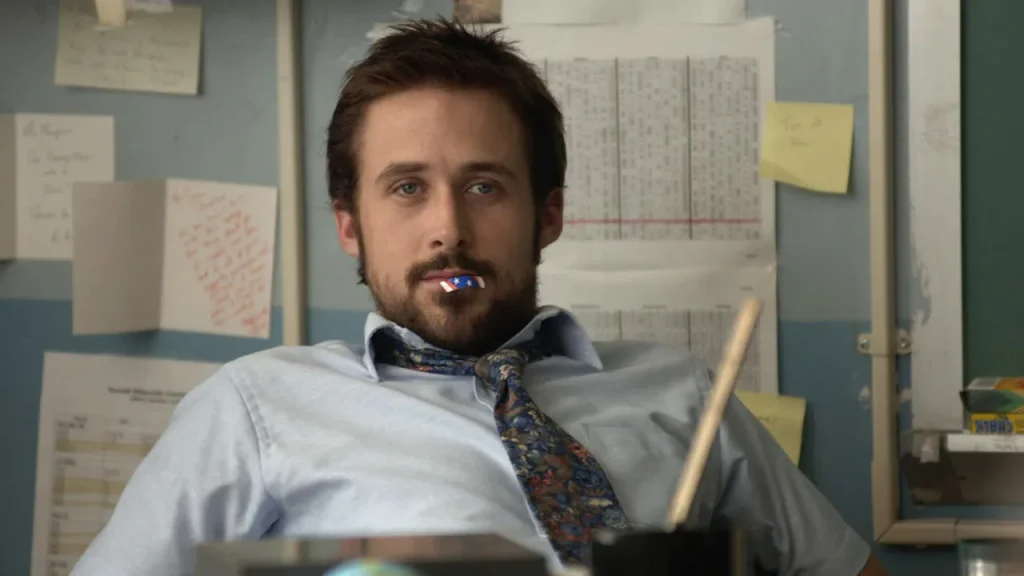
The Notebook: Why That Role Was More Personal Than You Think
The Notebook turned Ryan into a romantic icon, but the character of Noah was deeply symbolic. Noah is a man who fights through poverty, rejection, and heartbreak.
Gosling later explained that he identified with Noah’s resilience and desire for connection.
The tears you see in The Notebook? They’re real.
He said, “It was a way to show that emotion wasn’t weakness.” This film changed how Hollywood saw men—and how Ryan saw himself.

Mental Health Struggles in Adulthood
In multiple interviews, Gosling has hinted at ongoing struggles with anxiety and depression.
He avoids Hollywood parties, maintains a low public profile, and chooses roles that allow him to retreat from the spotlight when needed.
These aren’t just preferences—they’re coping strategies for a man still healing from a fractured past.
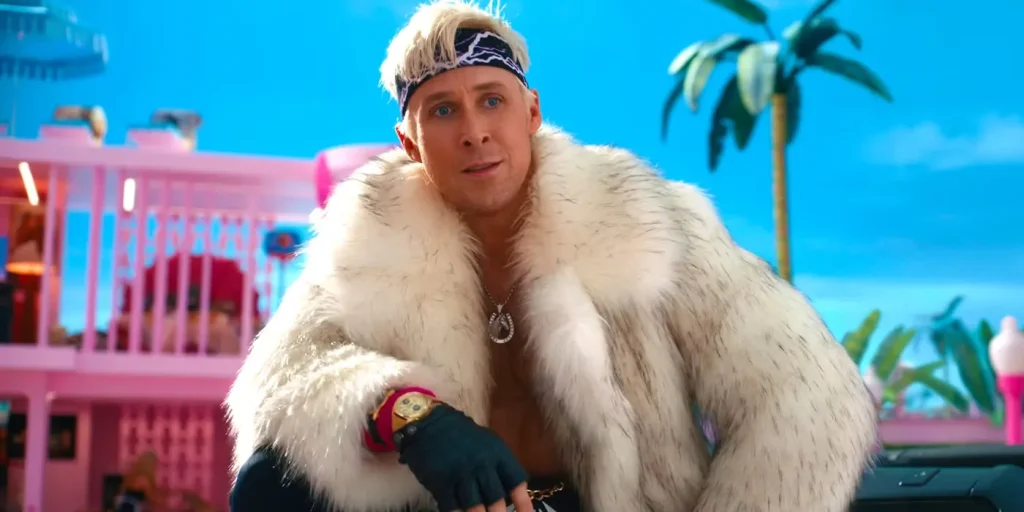
Ryan Gosling and Empathy: A Different Kind of Masculinity
In a culture that often equates masculinity with toughness, Gosling stands out. His characters cry, love deeply, and express emotional complexity.
Why? Because he never saw those traits in the men around him growing up—and he wanted to create the men he needed.
His portrayals help redefine modern masculinity. He teaches men it’s okay to feel. It’s okay to be vulnerable.

Romantic Life: How His Past Affected His Relationships
Before Eva Mendes, Gosling had several public relationships, but he often seemed emotionally reserved.
His relationship with Eva Mendes, however, marked a turning point. Together, they’ve raised two daughters and kept their private life away from the media.
For someone who never saw a stable relationship growing up, Gosling is determined to build one for his children.

Becoming a Father: Breaking the Cycle
Gosling has spoken emotionally about fatherhood. He once said, “Eva’s the dream mother, and I just try to support her.”
His commitment to parenting reflects a desire to be the father he never had.
He’s breaking generational trauma—one bedtime story at a time.
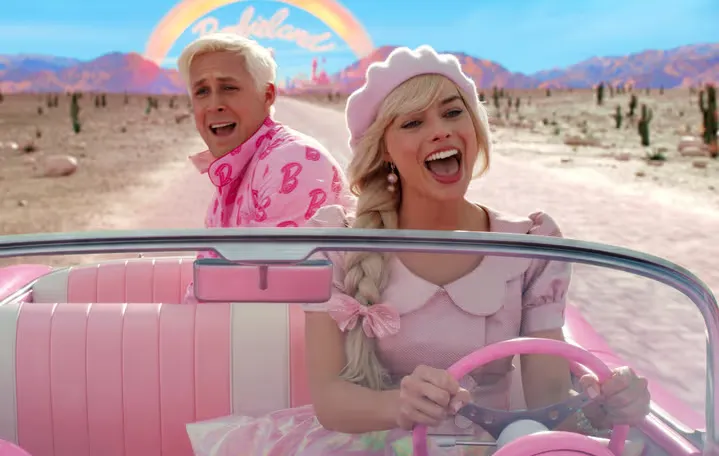
The Barbie Movie: Reclaiming the Male Identity
In Barbie (2023), Gosling plays Ken, a role that flips gender norms on their head.
Rather than mocking masculinity, Ken’s story reflects the confusion, identity crisis, and longing for validation that many men feel—but never say.
Gosling’s performance wasn’t a parody. It was personal. He infused Ken with the exact questions he’s asked his whole life.

Public Persona vs. Private Reality
To the world, Gosling is the strong, silent type. But to those who know him, he’s quiet, reflective, and deeply emotional.
He rarely uses social media. He gives a few interviews. And when he does, he speaks slowly—measuring every word.
Because words matter when they’ve been used to hurt you.
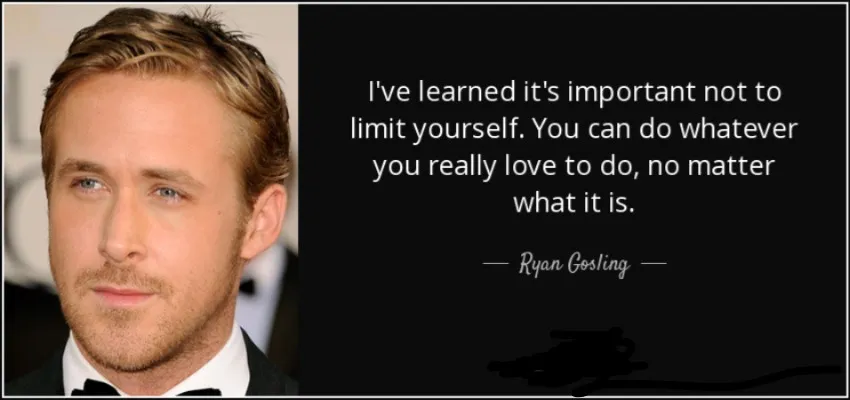
Gosling’s Words: Quotes That Reveal His Inner World
Here are some revealing quotes:
- “I’ve learned it’s important not to limit yourself. You can do everything you love.”
- “I didn’t feel I fit in growing up. So I found a world I did belong to: acting.”
- “Being a dad made me realize I wanted to be the person I needed when I was a kid.”
Each line reveals another layer of the boy behind the star.
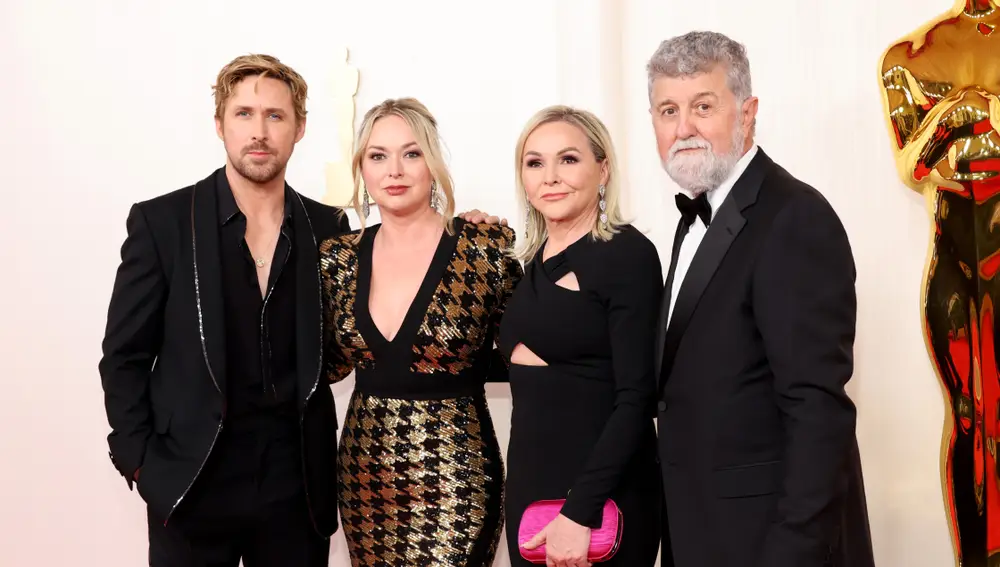
Legacy: More Than an Actor—A Survivor
Ryan Gosling isn’t just an award-winning actor. He’s a symbol of how pain can be turned into power.
His story isn’t just about Hollywood—it’s about healing.
Not every star has trauma, but those who do often shine the brightest.
Because their light was forged in darkness.
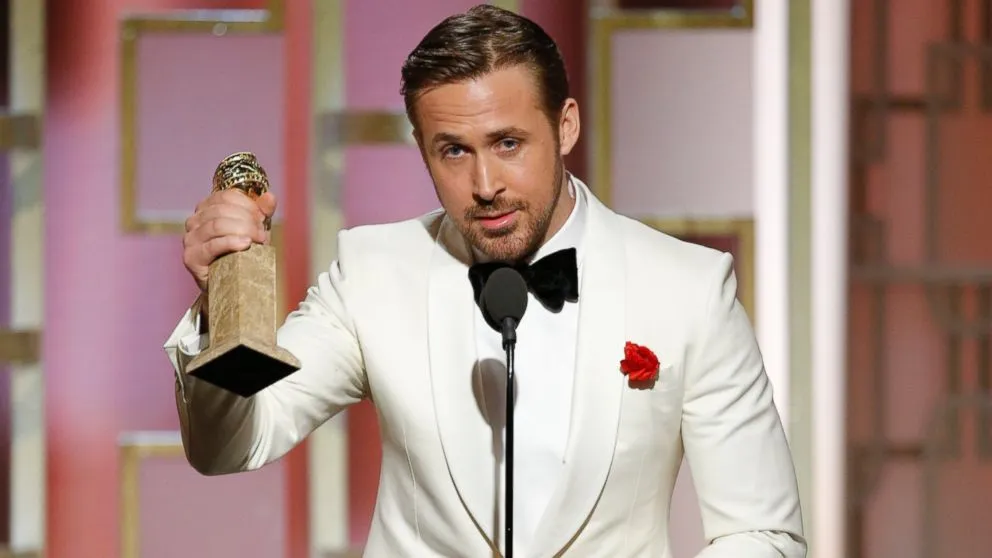
Conclusion: What We Can Learn from Gosling’s Journey
Ryan Gosling’s early life trauma didn’t break him—it made him.
It gave him depth, empathy, and purpose. It made him the actor we cry with, the character we relate to, the man we root for.
And in a world that praises perfection, Gosling reminds us that our scars are often the most beautiful part of our story.
FAQs
Q1: Did Ryan Gosling really suffer from childhood trauma?
Yes. Ryan has publicly shared his experiences with emotional neglect, bullying, and being raised in a broken home.
Q2: How did ADHD affect Ryan Gosling’s early life?
His ADHD made it hard for him to function in traditional school settings. It led to behavioral issues, isolation, and eventually homeschooling.
Q3: Why does Ryan Gosling take emotionally intense roles?
Because many of his roles reflect the emotional pain he carries. Acting is a therapeutic outlet for him.
Q4: Is Ryan Gosling involved in mental health advocacy?
While he doesn’t campaign publicly, his choice of roles and interviews often shed light on emotional vulnerability and mental health issues.Q5: How has Ryan Gosling’s past shaped his fatherhood?
He’s committed to giving his children a stable, loving home—the kind he never had growing up.


